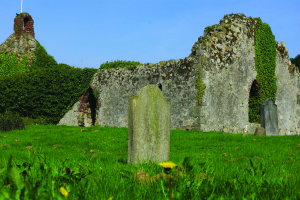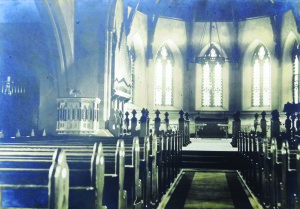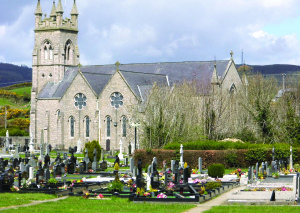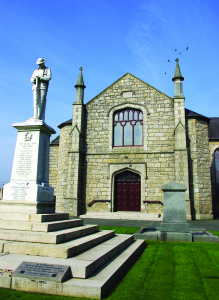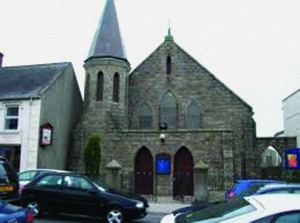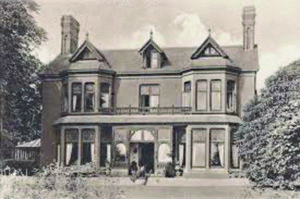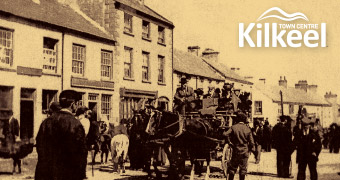The Old Church of St. Colman’s
This is the 15th Century church from which Kilkeel derives its name; ‘Church of the Narrow Place.’ In 1622 it was described as a ruin.
Between 1836 and 1940 it was used as a school, supported in the beginning by Kildare Street Society and then later by Lord Kilmorey.Under Kilmorey, the schoolmaster was paid £31 and then the Rev. Close added to this a further £9.
Church of Ireland
Work on the church began in 1815 and cost £7000. This is equivalent to almost £300,000 in present day. A large sum of money was given by Lord Kilmorey to help cover some of the expenses. It was designed by Newry architect Thomas Duff. The transept was added in 1885 and the chancel in 1898.
The rector at this time was the Reverend Close. The fine church was grand and in good repair, but had no organ and was perhaps slightly too big for its congregation.
Clergy of the Church
- 1826: John Forbes Close
- 1883: Edward O’Brian Pratt
- 1887: Thomas Haines Abrahall
- 1890: Freemann Nathaniel Dudley
- 1898: Henry McKnight [info. from Hugh Irvine Collection]
St. Colman’s Roman Catholic Church
Before this chapel was built the people worshipped outside at the place called Massfourth. Work on the building began in 1811 and was completed in 1818. It was replaced in 1870 at a cost of £5000. The 2005 equivalent of this amount was roughly £230,000.
Mourne Presbyterian
The date stone of the church is 1720, extant from a meeting house in the upper part of the present graveyard. The church built in 1756 replaced the original in Ballymageough. It was t-shaped and thatched. In 1831 it was replaced costing £800 (equivalent of roughly £40,000) and the church looked like the present building. The first known minister was Rev. Charles Wallace.
Kilkeel Presbyterian
The congregation was being organised in 1822-23. In 1827 the Rev. John Allen was ‘called’ as its first minister. The church was then in Meeting House Lane.
From 1831 to 1874 the minister was the Rev. George Nesbitt and he was succeeded by the Rev. Robert White from 1875-1910. He lived in ‘Cromlech House’ and had a certain amount of medical knowledge. At this time the congregation did not have a manse. It is thought he got a lease of his house and farm from the Kilmorey Estate. Part of the farm was a field on the opposite corner from Knox’s Shop which was eventually sold by him to Mrs. Rooney, after whom the road was named.
The foundation stone of the new church was laid by the Countess of Kilmorey in 1894 and the building was completed and opened in 1897. The cost was £1006. This was roughly worth £60,000 in 2005. The pitch pine pews cost £45. Mr Eadie came as minister in 1911, staying until 1946.
The church was very poor in Rev. Eadie’s time and the congregation was very small. Mr Eadie had one son who died young, and two daughters. There was a chance of the church being closed in 1946. Money however appeared in the bank, as the Americans had rented the church hall during the war and they persuaded the Church to retain the congregation. They then called the Rev. G. S. McKeown as minister in 1946. He remained until 1954 when he was succeeded by Rev. S. L. S. Fullerton.
[Info. from Hugh Irvine Collection]
Moravian Church
The Moravian church and settlement was situated in Mourne Abbey, Kilkeel. The church was built in 1763 but sold in 1817 and used as a private dwelling.
The minister at the time was Brother James O’Harrill, who died in 1807. In 1832 they moved to Newcastle Street and built the church and manse.
